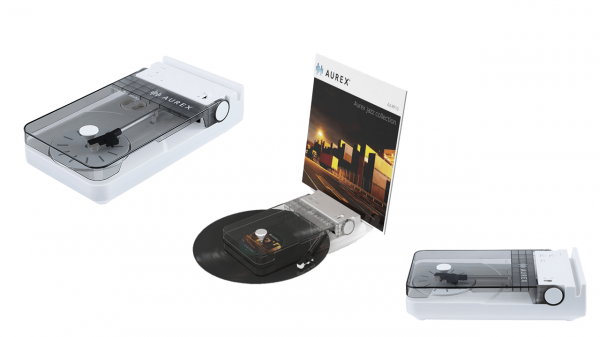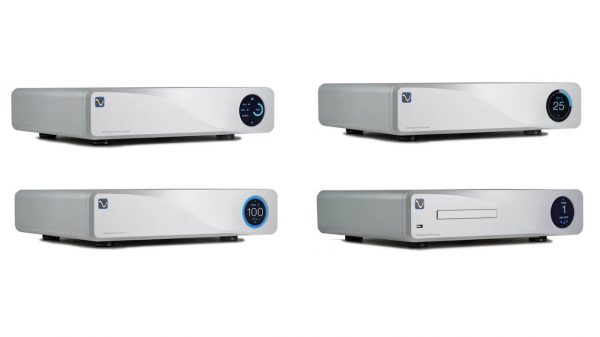The editors of Technology Review, MIT’s magazine of innovation, have announced their annual list of 10 emerging technologies with the potential to shape the way we live and do business. These revolutionary innovations–each represented by a researcher whose vision and work leads the field–promise fundamental shifts in areas from energy to health care, computing to communications. Technology Review’s editor in chief and publisher, Jason Pontin, will present the TR10 in India at the inaugural EmTech India conference, being hosted in conjunction with CyberMedia on March 2–3, 2009, in New Delhi.
The 2009 TR10 includes some technologies that should reach the market within a year, such as paper-based medical tests and virtual personal-assistant software. Others, like biological machines and traveling-wave reactors, could take a few years longer. The list includes technologies miniature and massive–from fast, cheap, capacious computer memory to batteries that can store enough energy to power a city.
- Liquid battery. Donald Sadoway, a materials chemistry professor at MIT, has developed a liquid battery that could store enough electricity to allow cities to run on solar power at night.
- Traveling-wave reactor. John Gilleland, manager of nuclear programs at Intellectual Ventures, is leading the development of a reactor that would run on depleted uranium, making nuclear power safer and less expensive.
- Paper diagnostic test. George Whitesides, a professor at Harvard University, is using paper to create easy-to-use medical tests that could make it possible to quickly and cheaply diagnose a range of diseases in the developing world.
- Biological machines. Michel Maharbiz, an assistant professor at the University of California, Berkeley, has developed a wirelessly controlled beetle that could one day be used for surveillance or search-and-rescue missions.
- $100 genome. Han Cao, founder of BioNanomatrix, has designed a nanofluidic chip that could dramatically lower the cost of genome analysis. Combined with the right sequencing technology, Cao’s chip could allow doctors to tailor medical treatment to a patient’s unique genetic profile, map new genes linked to specific diseases, and quickly identify new viruses and outbreaks.
- Racetrack memory. IBM fellow Stuart Parkin has created an entirely new type of data storage using magnetic nanowires. This “racetrack memory” could eventually replace all other forms of computer memory and lead to tiny, rugged, and inexpensive portable devices.
- HashCache. Vivek Pai, a computer scientist at Princeton University, has created a new method for storing Web content that could make Internet access speedier and more affordable around the world.
- Intelligent software assistant. Adam Cheyer, cofounder of the Silicon Valley startup Siri, is leading the design of powerful new software that acts as a personal aide. This virtual personal-assistant software helps users interact more effectively with Web services to complete tasks such as booking travel or finding entertainment.
- Software-defined networking. Stanford computer scientist Nick McKeown developed a standard called OpenFlow that allows researchers to tap into Internet switches and routers to easily test new networking technologies with the click of a mouse–all without interrupting normal service.
- Nanopiezotronics. Zhong Lin Wang, a materials scientist at Georgia Tech, is pioneering the field of nanopiezotronics. Wang is creating piezoelectric nanowires that generate electricity using tiny environmental vibrations; he believes they could power implantable medical devices and serve as tiny sensors.
The 2009 TR10 will be unveiled during a dedicated session at the inaugural EmTech India conference, being held March 2–3, 2009, in New Delhi. The TR10 will be featured in the March/April edition of Technology Review and is posted on the Web at www.technologyreview.com/specialreports/TR10.
About Technology Review, Inc.
Technology Review Inc., an independent media company owned by MIT, is the authority on the future of technology, identifying emerging technologies and analyzing their impact for leaders. Technology Review’s media properties include Technology Review magazine, the oldest technology magazine in the world (founded in 1899); the daily news website TechnologyReview.com; and events such as the annual EmTech @MIT.
























